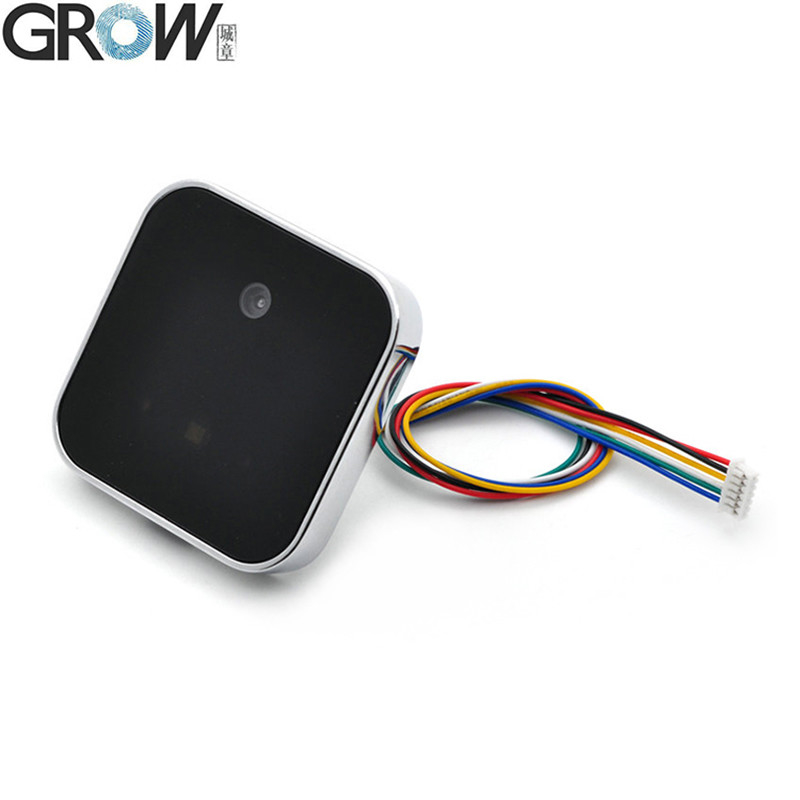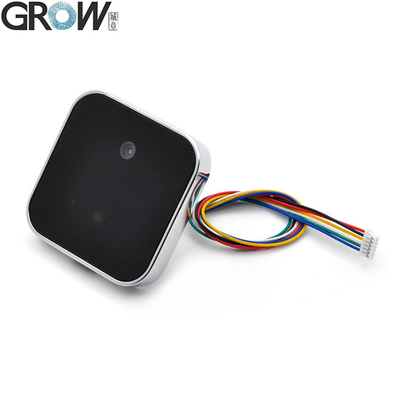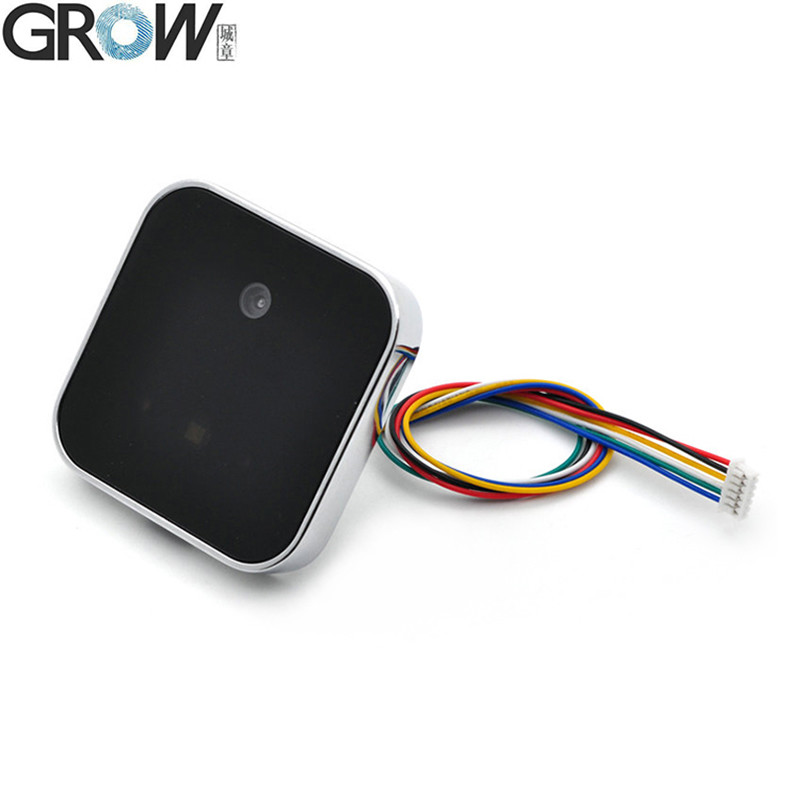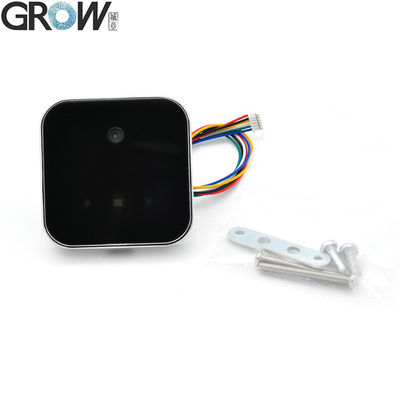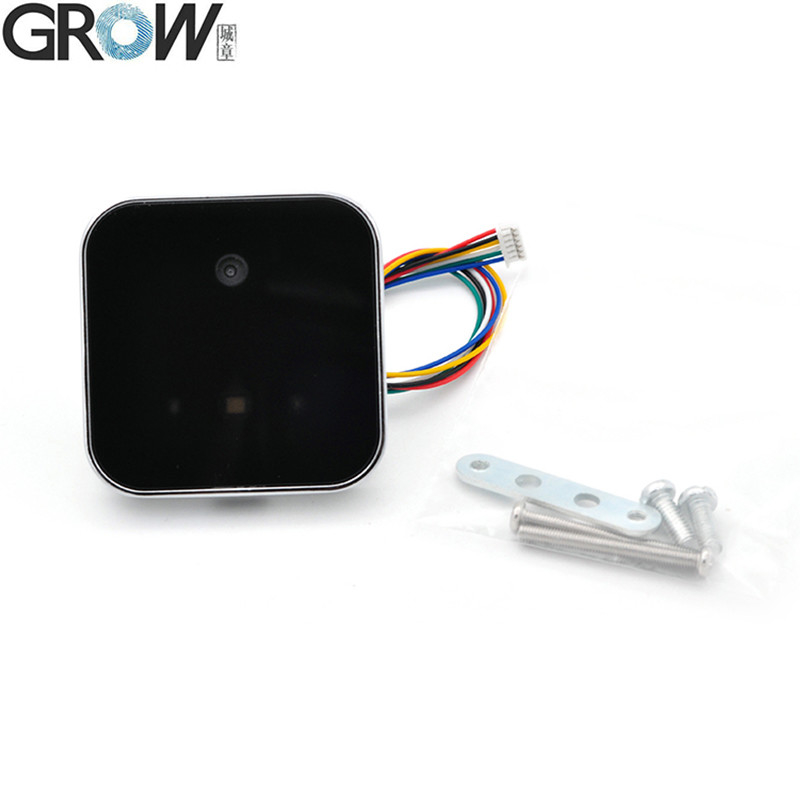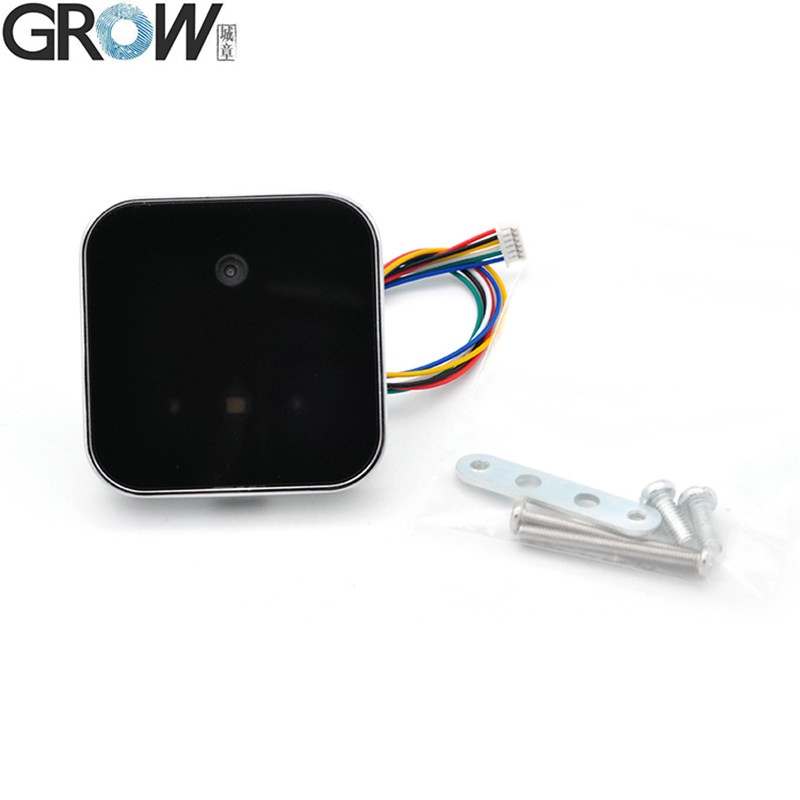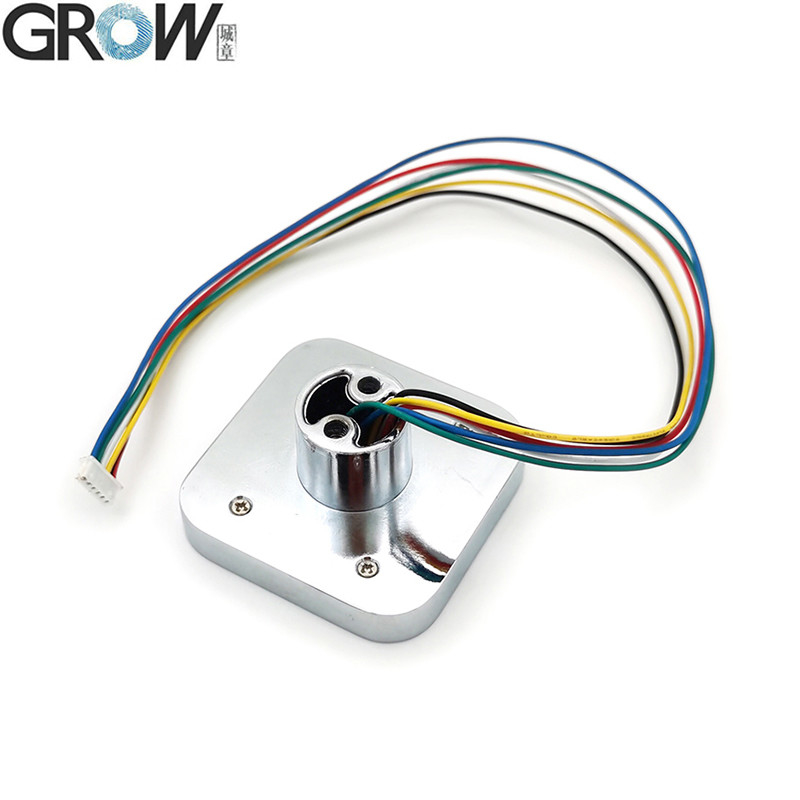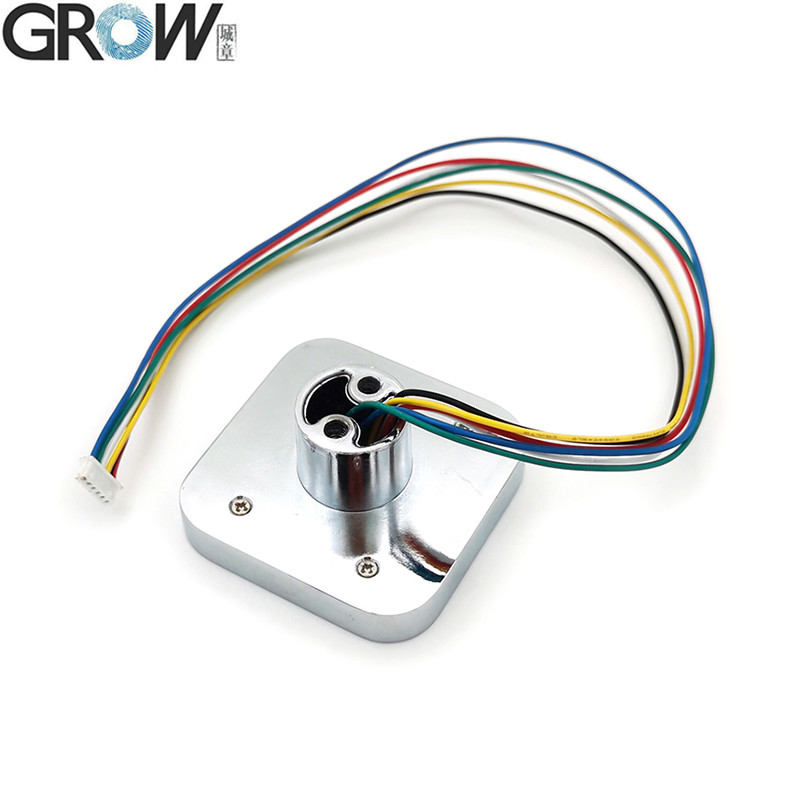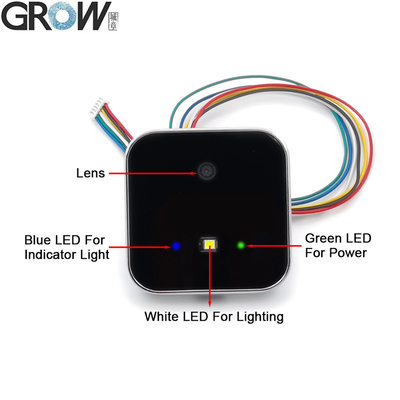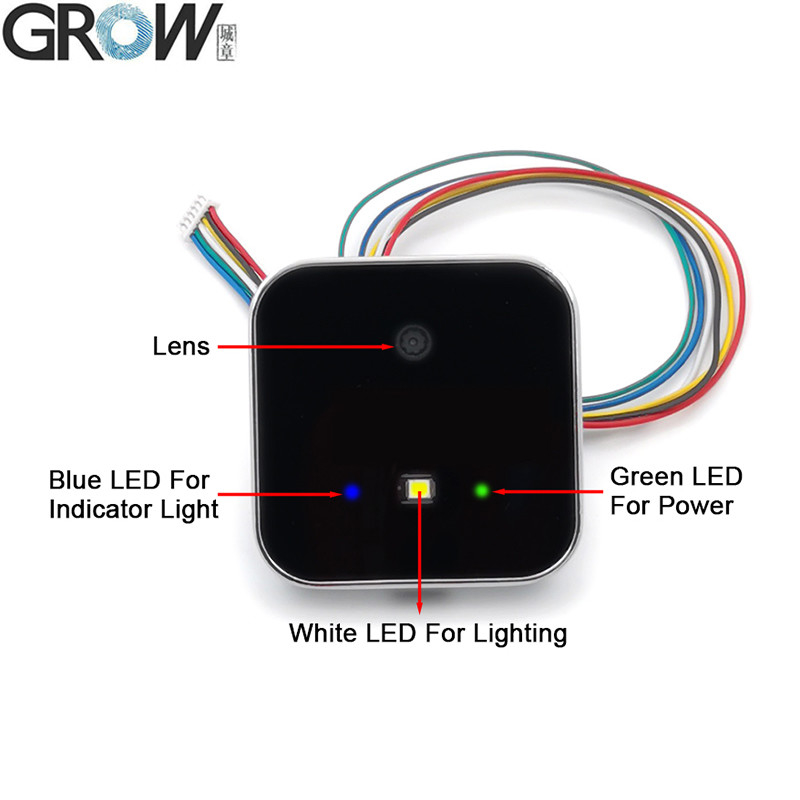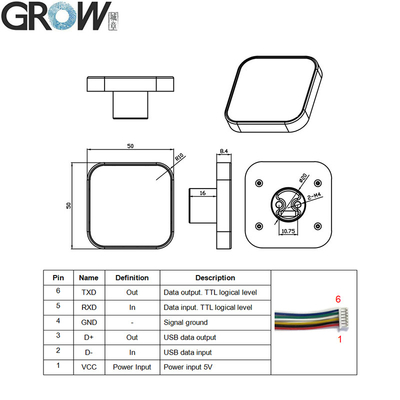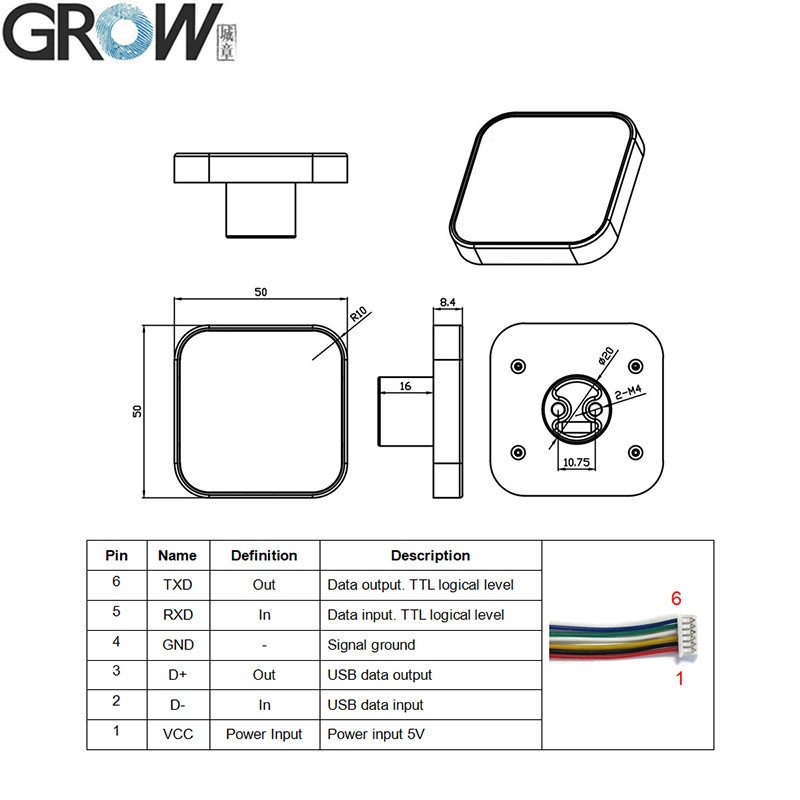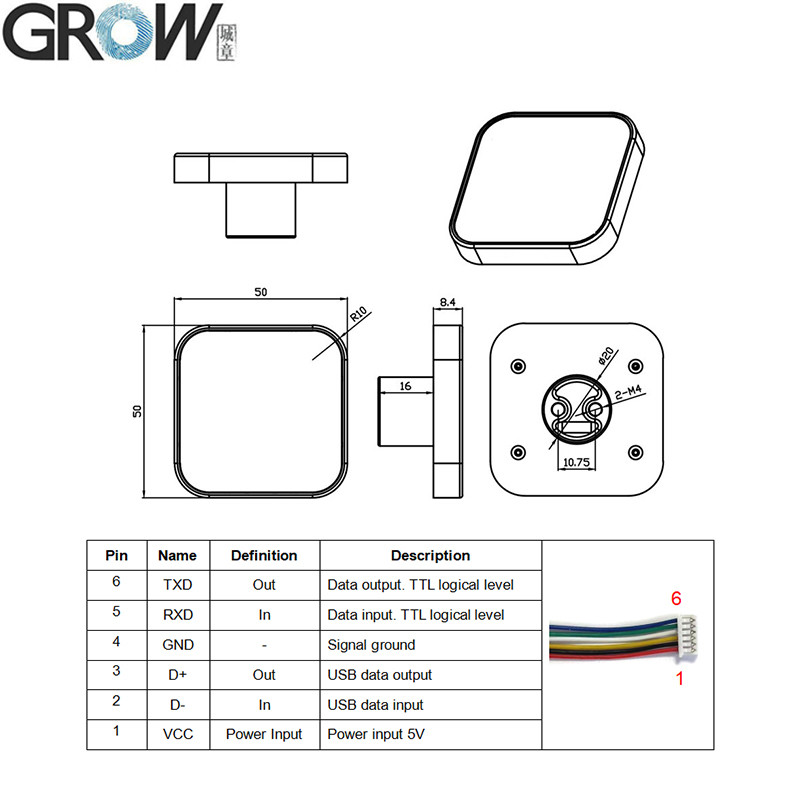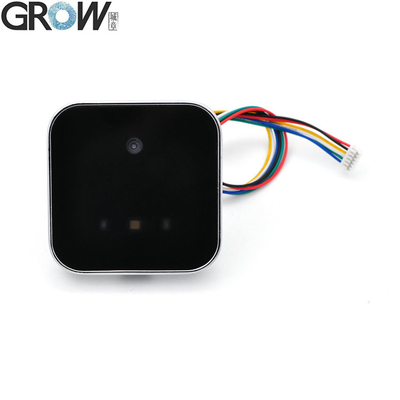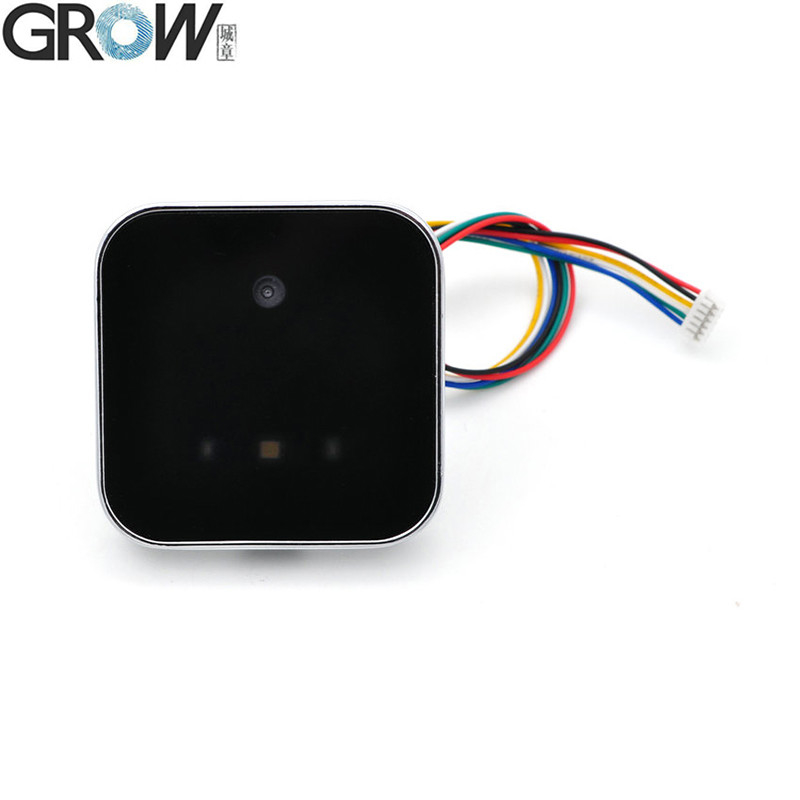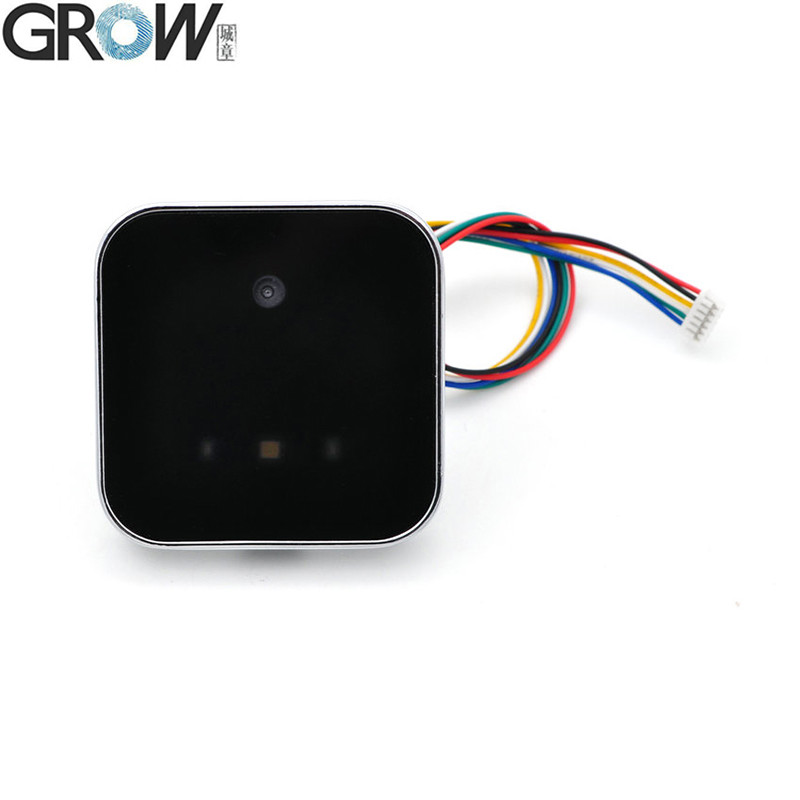
Description
GM811 series have GM811-S and GM811-L model.
The only difference between the GM811-S and GM811-L is the lens.
GM811-S lens reading distance is 5-30cm.
GM811-L lens reading distance is 7-50cm.
(The actual data depends on the size and content of the code)
GM811 series bar code reader module is a high performance scanner, can read 1D bar code easily and read 2D bar code
with high speed. It also wins high scan speed for linear code, even for bar code on paper or screen.
GM811 series bar code reader module is an advanced bar code decoding algorithm which developed on image recognition
algorithm, can easily and accurately read bar code, simplify secondary development.
Specifications
|
Parameter
|
Performance
|
|
Sensor
|
CMOS
|
|
Scan Mode
|
640*480
|
|
Lighting
|
White LED
|
|
Power On
|
Green LED
|
|
Indicator Light
|
Blue LED
|
|
Read Code Type
|
1D: EAN-13, EAN-8, UPC-A, UPC-E ISSN, ISBN, CodaBar,Code 128,
Code93, ITF-14, ITF-6, Interleaved 2 of 5, Industrial 2 of 5,Matrix 2 of 5,
Code 39,Code 11, MSI-Plessey,GS1 Composite,GS1-Databar (RSS).
|
|
2D: QR Code, Data Matrix, PDF417
|
|
GM811-S
Reading Distance
|
5-30cm
|
|
GM811-L
Reading Distance
|
7-50cm
|
|
Contrast*
|
>25%
|
|
Scan Angle**
|
Roll: 360° Pitch: 65° Yaw: 65°
|
|
Viewing Angle
|
67° (Horizontal) 53° (Vertical)
|
|
Accuracy of reading*
|
≥10mil
|
Mechanical/electrical Parameters:
|
Parameter
|
Performance
|
|
Interface
|
TTL-232/USB
|
|
Size(mm)
|
50*50 mm
|
|
Weight
|
68 g
|
|
Prompting Mode
|
Buzzer LED Indicator
|
|
Operating Voltage
|
5V
|
|
Operation Current
|
≤70mA
|
|
Continuous Reading Peak Current
|
≤120mA
|
|
Standby Current
|
≤6mA(Typical)
|
|
Startup Time
|
≤250mS (Typical)
|
Environmental Parameters:
|
Parameter
|
Performance
|
|
Operating Temperature
|
-20ºC~60ºC
|
|
Storage Temperature
|
-40ºC~+70ºC
|
|
Operating Humidity
|
5%~95%(Non-Condensing)
|
|
Environmental Light
|
Normal indoor light source
|
|
Fall
|
Withstand 1.2 m drop on concrete floor (50 times 1.2 m drop on concrete floor repeatedly)
|
Files
·Provide User Manual
QR code recognition device type and selection guide
With the widespread application of QR code technology, various QR code recognition devices have emerged. These devices not only bring convenience to daily life, but also provide efficient technical support for business operations. So, what are the mainstream QR code recognition devices on the current market? Let's learn together.
According to the latest industry research, QR code recognition devices can be classified according to different standards. The following are the five main types of equipment:
1, Handheld scanning gun
As the most common QR code recognition device, the handheld scanner adopts a portable design and can quickly recognize various types of QR codes, including mobile payment barcodes, etc. Its lightweight body and convenient operation characteristics make it widely popular in scenarios such as retail checkout and warehouse management that require frequent QR code scanning. Modern handheld scanners are also equipped with wireless connectivity features such as Bluetooth and Wi Fi, further enhancing the flexibility of use.
2, Fixed scanning terminal
This type of device adopts a desktop design and can be stably placed on a workbench or embedded in terminal devices. Excellent performance in scenarios such as electronic ticketing, membership management, and mobile boarding. Its outstanding advantage lies in stable operation, suitable for environments that require long-term continuous work. The latest fixed scanning terminal also incorporates AI intelligent recognition technology, which can automatically adjust the focus and light, improving recognition accuracy.
3, Embedded scanning module
This is a highly integrated solution that embeds QR code recognition directly into other devices. With its compact design and flexible interface configuration (such as USB, RS232/TTL, etc.), it has been widely used in fields such as intelligent transportation, self-service terminals, mobile payments, and smart healthcare. With the development of IoT technology, embedded scanning modules are evolving towards miniaturization and intelligence.
4, Industrial grade data collector
Specially designed for industrial scenarios, mainly applied to automated production lines in fields such as electronic manufacturing, logistics sorting, food processing, and automotive manufacturing. Its powerful recognition capability can quickly read various barcodes, including difficult to recognize Direct Component Identification (DPM) codes, providing reliable support for production process traceability. The new generation of industrial grade data collectors also have features such as dust prevention, water resistance, and drop resistance, which can adapt to harsh industrial environments.
5, Intelligent handheld terminal
The new generation of intelligent devices represented by HR32+adopts advanced CMOS photosensitive elements and dedicated optical modules. Equipped with omnidirectional recognition, intelligent focusing, automatic fill light and other functions, ensuring fast and accurate recognition of various barcodes under different lighting conditions. Some high-end models also integrate functions such as RFID reading and NFC communication, becoming multifunctional mobile data collection terminals.
When choosing a QR code recognition device, it is recommended to select the most suitable device type based on specific application scenarios and functional requirements to achieve the best usage effect. At the same time, the following factors also need to be considered:
1. Recognition speed: For high-frequency usage scenarios, recognition speed is a key indicator.
2. Environmental adaptability: Consider the working environment of the equipment, such as light, temperature, humidity, etc.
3. Data security: especially in scenarios involving payments and personal information.
4. System compatibility: Ensure that the device can seamlessly integrate with existing systems.
5. Maintenance cost: Consider the durability of the equipment and the cost of later maintenance.
With the application of new technologies such as 5G and artificial intelligence, QR code recognition devices are developing towards smarter and more efficient directions. In the future, we may see more innovative application scenarios and device forms, bringing more convenience and value to various industries.

 Your message must be between 20-3,000 characters!
Your message must be between 20-3,000 characters! Please check your E-mail!
Please check your E-mail!  Your message must be between 20-3,000 characters!
Your message must be between 20-3,000 characters! Please check your E-mail!
Please check your E-mail! 

